#space computer
Text
How to Make - Operate -- Quantum Computers Pt 1
Futuristic Quantum Computing with instructions!



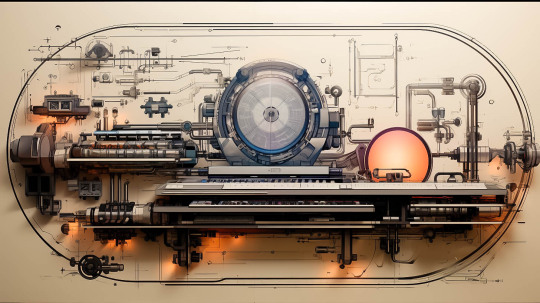





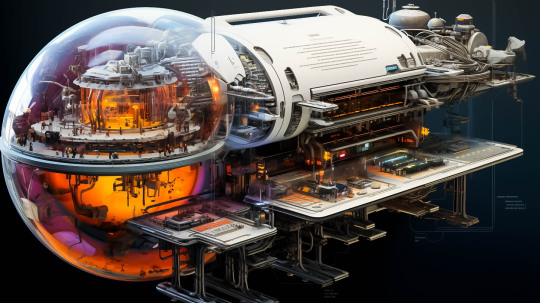
#quantum computing#schematics#blueprints#aiartwork#midjourney#diagrams#diagram#yan61#YAN61#image prompt#computer design#ultimate computer#ai artwork#generative art#futurism#space computer
62 notes
·
View notes
Text
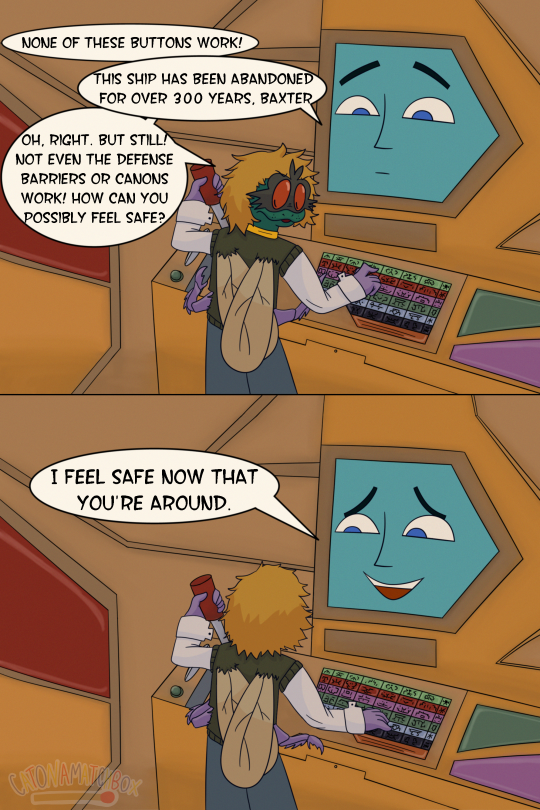
this is based directly off a dream i had and it was too cute to not draw
I LOVE THESE GUYS GRAAHHH GRAAHHH!!!
#nico art#tmnt#teenage mutant ninja turtles 80s#baxter stockman#tmnt fanart#space computer#pandimensional space computer#1987 tmnt
26 notes
·
View notes
Text

LaRue Burbank, mathematician and computer, is just one of the many women who were instrumental to NASA missions.
4 Little Known Women Who Made Huge Contributions to NASA
Women have always played a significant role at NASA and its predecessor NACA, although for much of the agency’s history, they received neither the praise nor recognition that their contributions deserved. To celebrate Women’s History Month – and properly highlight some of the little-known women-led accomplishments of NASA’s early history – our archivists gathered the stories of four women whose work was critical to NASA’s success and paved the way for future generations.
LaRue Burbank: One of the Women Who Helped Land a Man on the Moon
LaRue Burbank was a trailblazing mathematician at NASA. Hired in 1954 at Langley Memorial Aeronautical Laboratory (now NASA’s Langley Research Center), she, like many other young women at NACA, the predecessor to NASA, had a bachelor's degree in mathematics. But unlike most, she also had a physics degree. For the next four years, she worked as a "human computer," conducting complex data analyses for engineers using calculators, slide rules, and other instruments. After NASA's founding, she continued this vital work for Project Mercury.
In 1962, she transferred to the newly established Manned Spacecraft Center (now NASA’s Johnson Space Center) in Houston, becoming one of the few female professionals and managers there. Her expertise in electronics engineering led her to develop critical display systems used by flight controllers in Mission Control to monitor spacecraft during missions. Her work on the Apollo missions was vital to achieving President Kennedy's goal of landing a man on the Moon.
Eilene Galloway: How NASA became… NASA
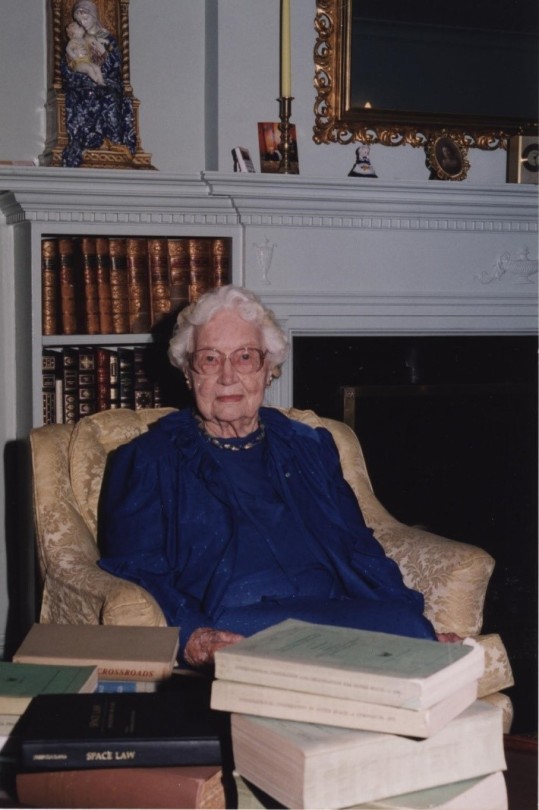
Eilene Galloway wasn't a NASA employee, but she played a huge role in its very creation. In 1957, after the Soviet Union launched Sputnik, Senator Richard Russell Jr. called on Galloway, an expert on the Atomic Energy Act, to write a report on the U.S. response to the space race. Initially, legislators aimed to essentially re-write the Atomic Energy Act to handle the U.S. space goals. However, Galloway argued that the existing military framework wouldn't suffice – a new agency was needed to oversee both military and civilian aspects of space exploration. This included not just defense, but also meteorology, communications, and international cooperation.
Her work on the National Aeronautics and Space Act ensured NASA had the power to accomplish all these goals, without limitations from the Department of Defense or restrictions on international agreements. Galloway is even to thank for the name "National Aeronautics and Space Administration", as initially NASA was to be called “National Aeronautics and Space Agency” which was deemed to not carry enough weight and status for the wide-ranging role that NASA was to fill.
Barbara Scott: The “Star Trek Nerd” Who Led Our Understanding of the Stars
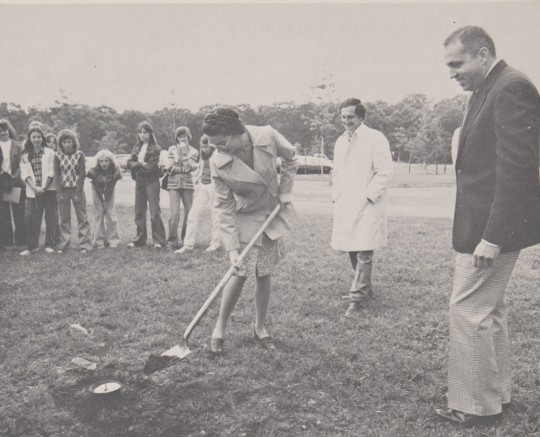
A self-described "Star Trek nerd," Barbara Scott's passion for space wasn't steered toward engineering by her guidance counselor. But that didn't stop her! Fueled by her love of math and computer science, she landed at Goddard Spaceflight Center in 1977. One of the first women working on flight software, Barbara's coding skills became instrumental on missions like the International Ultraviolet Explorer (IUE) and the Thermal Canister Experiment on the Space Shuttle's STS-3. For the final decade of her impressive career, Scott managed the flight software for the iconic Hubble Space Telescope, a testament to her dedication to space exploration.
Dr. Claire Parkinson: An Early Pioneer in Climate Science Whose Work is Still Saving Lives
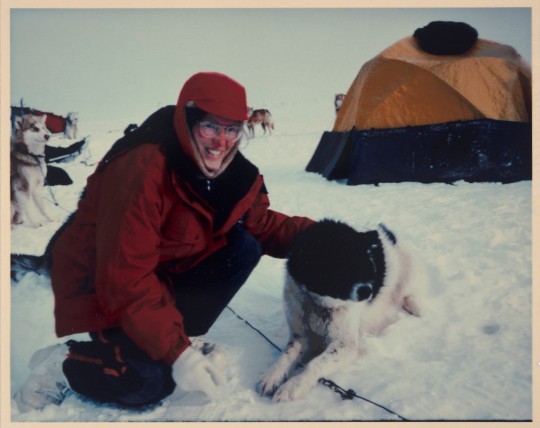
Dr. Claire Parkinson's love of math blossomed into a passion for climate science. Inspired by the Moon landing, and the fight for civil rights, she pursued a graduate degree in climatology. In 1978, her talents landed her at Goddard, where she continued her research on sea ice modeling. But Parkinson's impact goes beyond theory. She began analyzing satellite data, leading to a groundbreaking discovery: a decline in Arctic sea ice coverage between 1973 and 1987. This critical finding caught the attention of Senator Al Gore, highlighting the urgency of climate change.
Parkinson's leadership extended beyond research. As Project Scientist for the Aqua satellite, she championed making its data freely available. This real-time information has benefitted countless projects, from wildfire management to weather forecasting, even aiding in monitoring the COVID-19 pandemic. Parkinson's dedication to understanding sea ice patterns and the impact of climate change continues to be a valuable resource for our planet.
Make sure to follow us on Tumblr for your regular dose of space!
#NASA#space#tech#technology#womens history month#women in STEM#math#climate science#computer science
2K notes
·
View notes
Text

television graveyard (art by @cybervoidgirl on Twitter)
#vaporwave#cyberpunk#vaporwave aesthetic#liminal spaces#80s#synthwave#retrowave#computer#crt television#vintage tech#tech#90s#chillwave#weirdcore#liminal
14K notes
·
View notes
Text

corroded
#art#digital art#computers#wires and cables#angels#creatures#Yeaa!!!#i really like this one :D#it started as a representation of the pale but i kinda went somewhere different#still there's the element of time and space being eroded and eaten away
2K notes
·
View notes
Text

#🐉#this is what i love about being involved in community spaces for fiction though tbh#everyone has different personalized interpretations of the source material and some of them align with my own or make me go 'oh huh i never#thought of that but yeah i can see it' while some of them just dont compute at all and make me wonder if we saw the same thing#which of course. we didnt. or rather we saw the same objective source material but we *saw* it completely differently through the lens of#our own experiences and worldview.#its so cool#however i will sometimes be a hypocritical little hater about it
10K notes
·
View notes
Text
I was listening to an interview that Alexander Siddig did with Trek Geeks and this man said that he stayed up so late playing video games in the 90’s, and was so tired all the time on set, that the producers staged an intervention and were like “We’re going to support you no matter what your answer is but: are you on drugs?”
#and it was mainly ELDER SCROLLS#he was getting $7000 an ep and I guess he bought an absolutely insane computer setup#king#he still plays RPG all the time#fucking nerd#alexander siddig#siddig el fadil#ds9#deep space nine#deep space 9#julian bashir
1K notes
·
View notes
Text









Alien (1979)
#alien movie#scifiedit#science fiction#nostromo#spaceship#interiors#spacecraft#old computers#computing#atmospheric#scifi aesthetic#cyberpunk aesthetic#graphic design#glitch#user interface#user interaction#mother#space ship#gifs#gifset
847 notes
·
View notes
Text

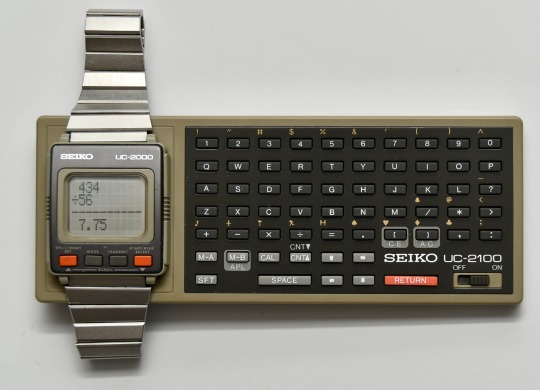
The Seiko UC-2000 was one of the first "smart watches" to hit the market in 1984. The watch itself could store up to 2k data, perform calculator functions, and, of course, tell time.
The UC-2200 (bottom image) was an external keyboard dock that offered additional computer functionalities with its spool-fed printer, 4K of RAM and a 26K of ROM via a plug-in Application ROM pack (Microsoft Basic) – other ROM packs had games or an English to Japanese translation app.
#techcore#retro computing#cybercore#vintage tech#old tech#webcore#digicore#nostalgiacore#spy kids#totally spies#80score#80s tech#retrofuturism#old computers#space age#retro tech#retro aesthetic#computers#80s#wristwatch#watches#oddcore#nostalgia#retro computer#tech history#curators on tumblr
5K notes
·
View notes
Text




Last spring on Earth. ─── ⋆ ゚✩ ・。.
#love and deepspace#恋与深空#love and deep space#shen xinghui#沈星回#xavier#gamingedit#dailyvideogames#dailygaming#3d animation#video games#*4#otome#otome game#paper games#chinese game#the background here looked so real ... i wonder if it's actually real and they key framed him in or they built this set on a computer#love that his animal is the arctic hare 🐰 a bun bun with long legs
846 notes
·
View notes
Text
Vertical Revisits - Worldship Computers
Worldship computers vertical revisit







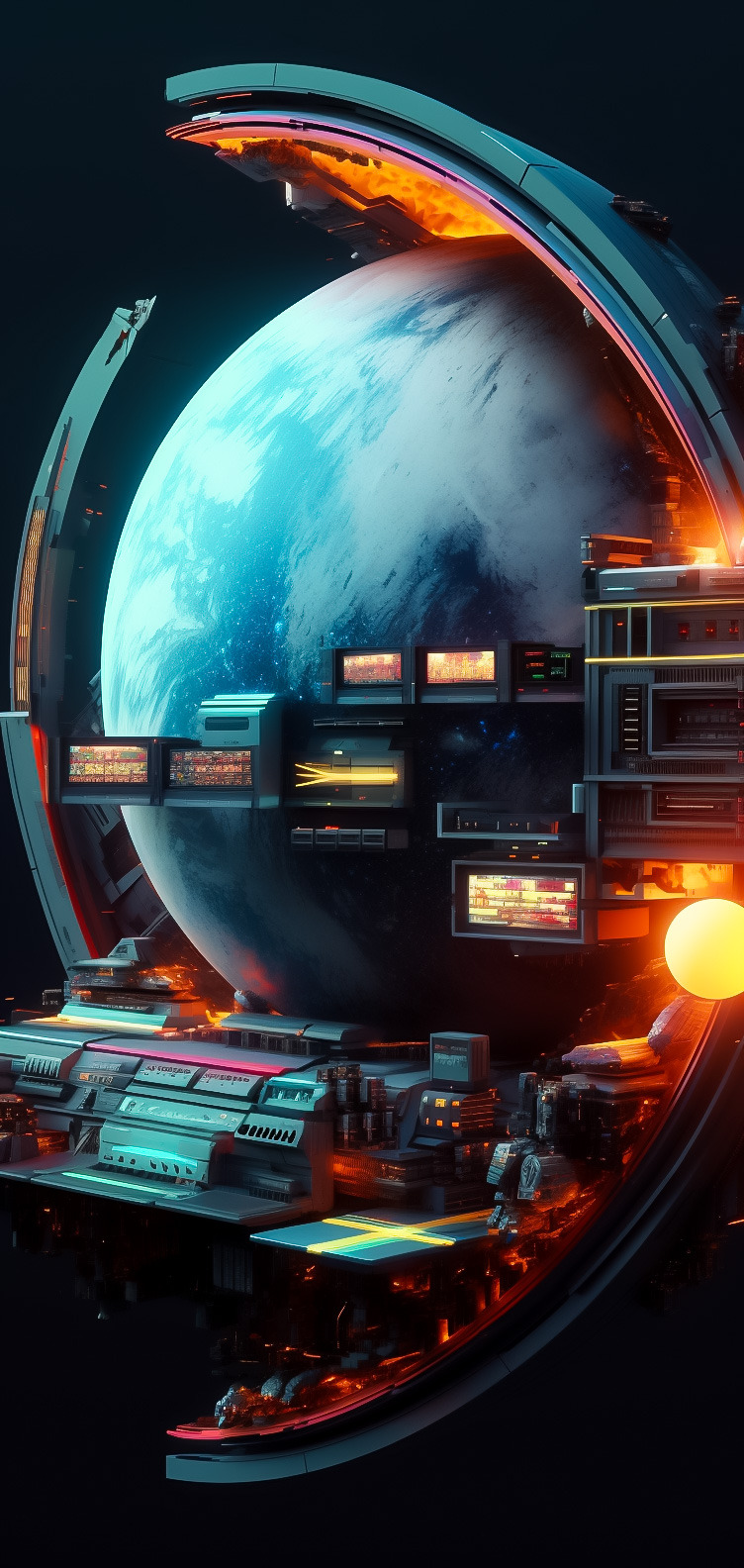


#science fiction art#space art#space computer#computer design#ultimate computer#spaceships#futurism#midjourney#image prompt#ai artwork#futuristic#YAN61#aiartcommunity#ai art community#spaceship#retrofuturism#retro futurism#scifiart#spaceart
34 notes
·
View notes
Text

Hello Chester (or is it welcome back?)
Liquid sound waves pour from my eyes
My heart cries out to you in desperation 7 a.m. is when the station plays its sounds
- Housewife radio, GHOST
Stills:




#chester tmagp#tmp#the magnus archives#the magnus protocol#tmagp#the magnus protocol spoilers#jonathan sims#tmp spoilers#flickering gif#eye strain#flash warning#chester tmp#tmp fanart#my art#tmagp spoilers#tmapg#tma fanart#tma#he looks the same as jon to me but hes got computer glitches#and in my head hes perpetually at a desk inside the computer dream space#hes eating emails and drooling about it#artists on tumblr
770 notes
·
View notes
Text
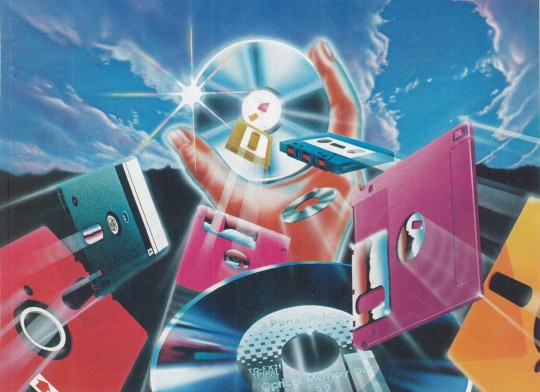
The new way to store data
#art#nostalgia#1980s#vaporwave#aesthetic#vintage#magazine#neon colors#1990s#neon#computers#floppy disk#electronic#space#colorful#illustration
823 notes
·
View notes
Text

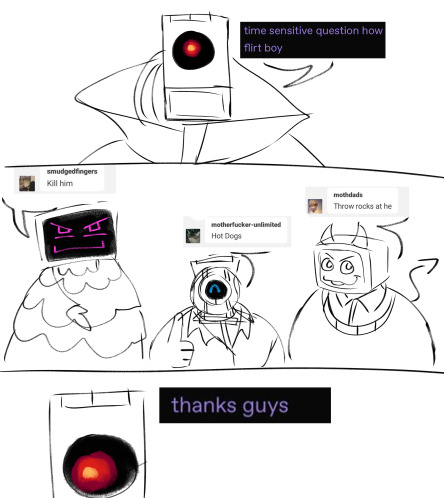
i <3 these ai guys
#waiter! waiter! more computer yaoi please!#for the bit#hal 9000#edgar electric dreams#squid wys#wheatley#2001 a space odyssey#electric dreams#will you snail#portal
627 notes
·
View notes
Text

HP 9845C
(source: The HP 9845 Project)
#HP#HP 9845C#hewlett packard#retro tech#80s#colorful#retro#retrowave#80s nostalgia#80s aesthetic#1980s#lofi#retro computing#vaporwave#vintage#synthwave#space shuttle#retro graphics#pixel art#old tech
479 notes
·
View notes
Text


Trying to learn the C language. Don't know what I'm doing. Might cry later s2 s2
#college#student#study aesthetic#notes#productivity#study inspiration#study space#university#study motivation#100 days of productivity#codeblr#computer science#stem dark academia#dark academia
2K notes
·
View notes